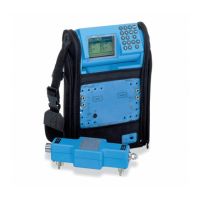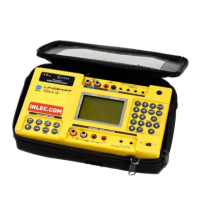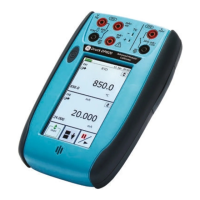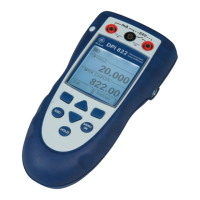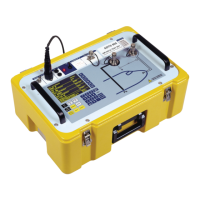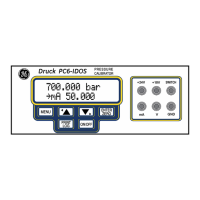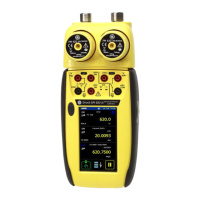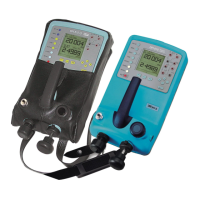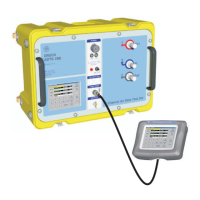Important information on wall thickness measurement 1 Introduction
DMS Go+ Edition 4 (05/2014) 1-5
Lack of such knowledge could lead to false measure-
ment results with unforeseeable consequences. Infor-
mation about the existing training opportunities for ultra-
sonic inspectors and about the qualifications and certif-
icates that can finally be obtained is available at the
national NDT societies or at GE.
GE holds specialized training courses in the field of ul-
trasonic testing at regular intervals. The scheduled
dates for these courses will be given to you on request.
Limits of ultrasonic testing
The information obtained from ultrasonic tests only re-
fers to those parts of the test object which are covered
by the sound beam of the probe used. Should any con
-
clusions from the tested parts be applied to the untested
parts of the test object, they should therefore be made
with extreme caution. Such conclusions are generally
only possible in cases where extensive experience of
the components to be tested and proven methods of
statistical data acquisition are available.
Boundary surfaces within the test object can completely
reflect the sound beam, resulting in reflection points
which lie beyond this, for example the component's
backwall, remaining undetected. It is therefore import
-
ant to make sure that all areas to be tested in the test
object are covered by the sound beam.
Ultrasonic wall thickness measurement
All ultrasonic wall thickness measurements are based
on a time-of-flight measurement of the sound pulse in
the test object. Accurate measurement results therefore
require a constant sound velocity in the test object. This
requirement is generally met in test objects made of
steel, even with different alloying constituents. The vari
-
ation of sound velocity is so slight that it is only of impor-
tance for high-precision measurements. In other materi-
als, for example nonferrous metals or plastics, the
sound velocity is nevertheless subject to larger varia
-
tions. These may affect the measuring accuracy.
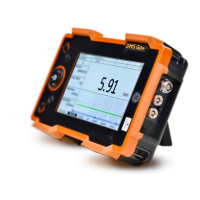
